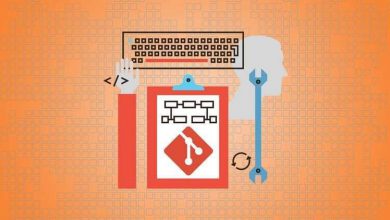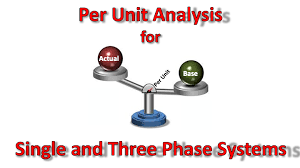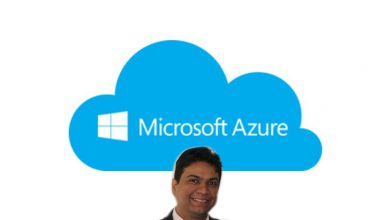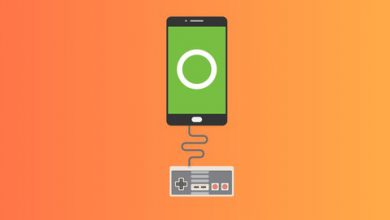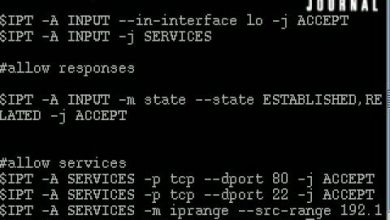Introduction to R programming & RStudio for beginners
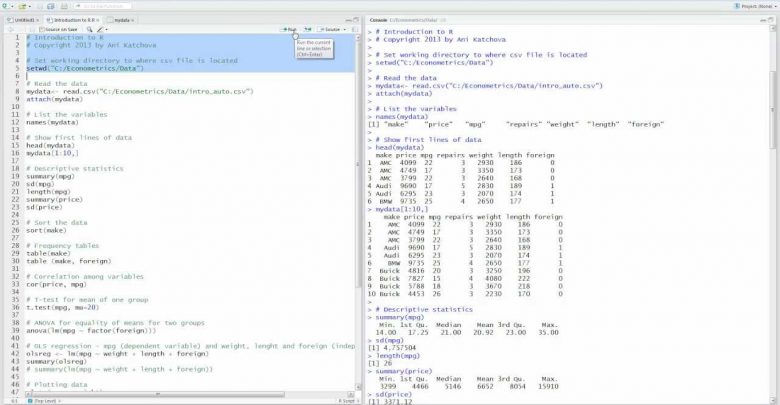
Introduction to R programming & RStudio for beginners Free Tutorial Download
What you’ll learn
-
Comprehensive introduction to R programming & R Studio
-
Introduction to R coding
-
Introduction to data science
-
introduction to data analytics
-
how to install R studio
-
how to analyse data using R and R studio
Requirements
-
Some secondary level mathematics might be helpful, but not compulsory
-
you should have a basic understanding of Computer Programming terminologies.
-
A basic understanding of any of the programming languages will help you in understanding the R programming concepts and move fast on the learning track.
Description
(Please note: this course is a basic introduction to R and RStudio, meant for beginner level. More advanced courses coming soon.)
R is currently one of the most requested programming languages in the Data Science job market that makes it the hottest trend nowadays.
R is a programming language and free software environment for statistical computing, data manipulation & analysis, graphics representation and reporting supported by the R Foundation for Statistical Computing. The R language is widely used among statisticians and data miners for developing statistical software and data analysis. It compiles and runs on a wide variety of UNIX platforms, Windows and MacOS.
No one is born a data scientist. Every person who works with R today was once a complete beginner. No matter how much you know about the R ecosystem already, you’ll always have more to learn.
Applications of R:
We use R for Data Science. It gives us a broad variety of libraries related to statistics. It also provides the environment for statistical computing and design.
R is used by many quantitative analysts as its programming tool. Thus, it helps in data importing and cleaning.
R is the most prevalent language. So many data analysts and research programmers use it. Hence, it is used as a fundamental tool for finance.
Tech giants like Google, Facebook, bing, Accenture, Wipro and many more using R nowadays.
Why R Programming Language?
R programming is used as a leading tool for machine learning, statistics, and data analysis. Objects, functions, and packages can easily be created by R.
It’s a platform-independent language. This means it can be applied to all operating system.
It’s an open-source free language. That means anyone can install it in any organization without purchasing a license.
R programming language is not only a statistic package but also allows us to integrate with other languages (C, C++). Thus, you can easily interact with many data sources and statistical packages.
The R programming language has a vast community of users and it’s growing day by day.
Statistical Features of R:
Basic Statistics: The most common basic statistics terms are the mean, mode, and median. These are all known as “Measures of Central Tendency.” So using the R language we can measure central tendency very easily.
Static graphics: R is rich with facilities for creating and developing interesting static graphics. R contains functionality for many plot types including graphic maps, mosaic plots, biplots, and the list goes on.
Probability distributions: Probability distributions play a vital role in statistics and by using R we can easily handle various types of probability distribution such as Binomial Distribution, Normal Distribution, Chi-squared Distribution and many more.
R provides a wide variety of statistical (linear and nonlinear modelling, classical statistical tests, time-series analysis, classification, clustering, etc) and graphical techniques, and is highly extensible. The S language is often the vehicle of choice for research in statistical methodology, and R provides an Open Source route to participation in that activity.
One of R’s strengths is the ease with which well-designed publication-quality plots can be produced, including mathematical symbols and formulae where needed.
R, like S, is designed around a true computer language, and it allows users to add additional functionality by defining new functions. Much of the system is itself written in the R dialect of S, which makes it easy for users to follow the algorithmic choices made. For computationally-intensive tasks, C, C++ and Fortran code can be linked and called at run time. Advanced users can write C code to manipulate R objects directly.
R & RStudio includes
an effective data handling and storage facility,
a suite of operators for calculations on arrays, in particular matrices,
a large, coherent, integrated collection of intermediate tools for data analysis,
graphical facilities for data analysis and display either on-screen or on hardcopy, and
a well-developed, simple and effective programming language which includes conditionals, loops, user-defined recursive functions and input and output facilities.
Who this course is for:
- data science students
- data analytics students
- statistics students
- statistical analysis students
- data engineering students
- people interested in data science
- people interested in data analytics with R
- people with python coding skills, interested to learn more about R programming
- Data Science beginners
- This course is designed for software programmers, statisticians and data miners who are looking forward for developing statistical software using R programming.
- If you are trying to understand the R programming language as a beginner, this course will give you enough understanding on almost all the concepts of the language from where you can take yourself to higher levels of expertise.
Download Introduction to R programming & RStudio for beginners Free
https://horizoncsueastbay-my.sharepoint.com/:u:/g/personal/fbhat_horizon_csueastbay_edu/EWFTe76tBadPo3AgVa_wduEBlMuBKk32NL4r8r-zNOJ_Wg
https://bayfiles.com/PetfP1c4p8
https://drive.google.com/file/d/1W7wOdQY7eLCgUbeq4ENHp8v1wRtvi3Ga/view?usp=sharing
https://uptobox.com/hbhik6iux4du
